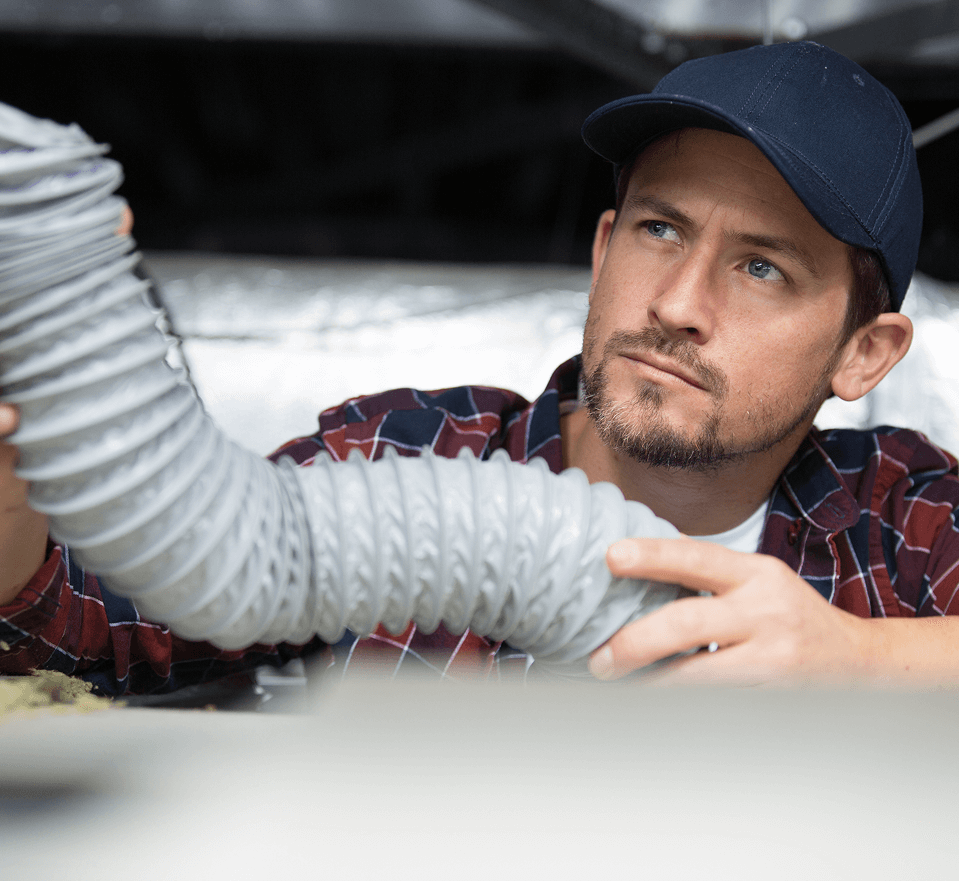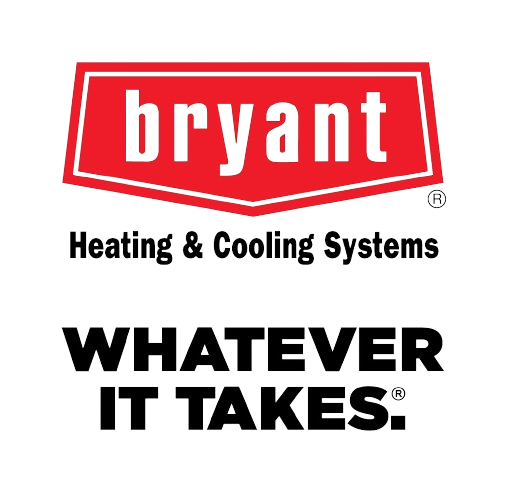Content Table

Key takeaways
- Leaky ducts let dust, allergens, and pollutants circulate inside your home.
- Every cubic foot of air lost to leaks gets replaced—often with air from attics, garages, or crawl spaces (yikes).
- Keeping your ducts sealed is one of the best ways to improve indoor air quality and protect your health.
Where does your indoor air really come from?
Most people assume their home’s air comes in through doors and windows—but that’s only about 20% of what you breathe. The other 80%? It seeps in from some of the dirtiest places in your home, and if your ducts have leaks, they make things way worse.
Leaky ductwork works like a vacuum, sucking in polluted air from:
- Attics – Full of dust and insulation fibers.
- Crawl Spaces – A breeding ground for mold, pests, and bacteria.
- Garages – Packed with chemical fumes and exhaust.
Instead of just losing air, your HVAC system starts recirculating pollutants, bypassing your air filter completely. That means all those nasty particles get blown straight into your lungs instead.
How leaky ducts wreak havoc on your home
Your HVAC system is supposed to work in a closed loop:
- It pulls air from inside your home.
- That air moves through ducts to your HVAC unit, where it’s filtered, heated or cooled, and dehumidified.
- The clean air is sent back into your home.
When ducts are sealed, your air stays fresh and healthy. But when ducts leak, your system starts pulling in air from attics, garages, and crawl spaces, contaminating your home with dust, mold spores, insulation particles, and even chemical fumes.
If you’re dealing with excess dust, allergy flare-ups, or musty odors, duct leaks could be the hidden culprit.
Local air quality concerns
Keeping your home’s air clean is even more important in Riverside County, where it’s reported that 12% of residents suffer from asthma—well above the national average of 7%.
Common local pollutants that can sneak inside include:
- Dust & Desert Pollution – The Salton Sea releases airborne pollutants that travel deep into Riverside County.
- Mold & Bacteria – Moisture inside ducts creates a breeding ground for mold and mildew.
- Pollen & Allergens – Seasonal pollen bypasses leaky ducts, triggering allergy symptoms indoors.
- Chemical Fumes & VOCs – Duct leaks near garages or storage areas pull in gasoline, paint fumes, and household chemicals.
If anyone in your family is coughing or sneezing more often than usual or feeling stuffy indoors, your indoor air quality is probably the culprit.
How to spot leaky ducts
Ducts leak about 10% of the supply air they move and 12% of the return air. Even if you can’t see leaks, you’ll feel them. Watch for these warning signs:
- Allergy or asthma symptoms indoors, but relief when you step outside.
- Dust buildup on furniture and vents, no matter how much you clean.
- Musty, stale, or chemical odors when the AC or heater runs.
- Uneven temperatures—some rooms feel stuffy, others are too cold.
- Higher energy bills, even when your usage hasn’t changed.
If any of these sounds familiar, it’s time to get your ducts checked.
Next Steps: How to Prevent Leaks from Polluting Your Air
Here’s how to take control of your home’s air quality:
🔵 Schedule a duct inspection to check for leaks.
🔵 Consider professional duct cleaning if your system hasn’t been serviced in years.
🔵 Upgrade to high-efficiency air filters to trap more dust, allergens, and pollutants.
🔵 Set up regular HVAC maintenance to keep your air fresh and clean.
No need to stress. We’ve got your air covered, so you can breathe easy. Schedule your service today.

